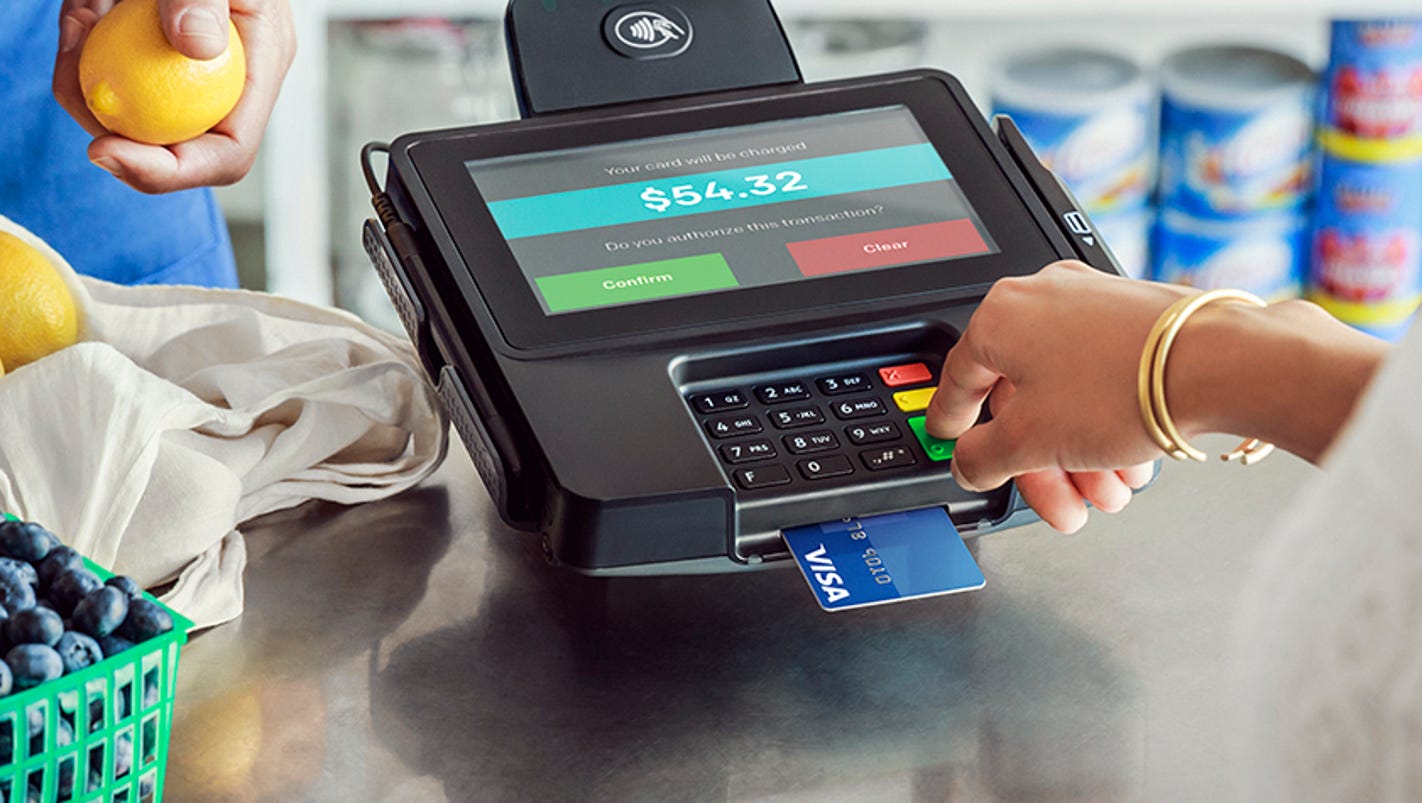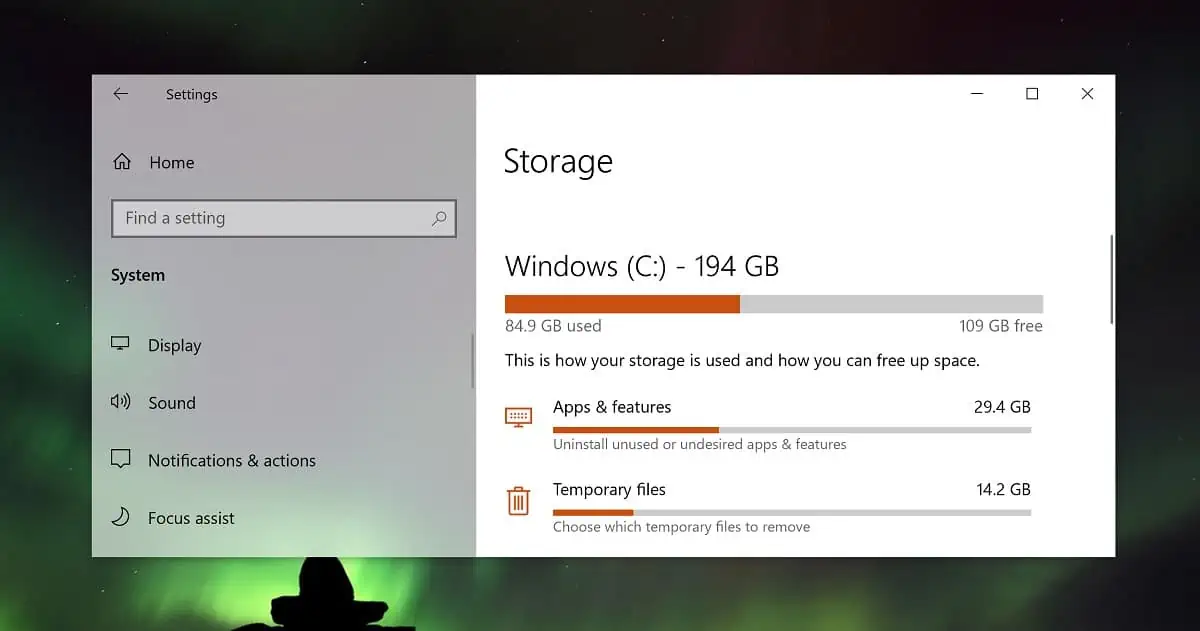

- #OPEN MANAGE APPS IN SETTINGS HOW TO#
- #OPEN MANAGE APPS IN SETTINGS ANDROID#
- #OPEN MANAGE APPS IN SETTINGS DOWNLOAD#
- #OPEN MANAGE APPS IN SETTINGS FREE#
The app should return to its freshly downloaded condition. Tapping the ‘Clear data’ button will delete all personal data associated with an app, including login data, and high scores for various games. Tapping the ‘Clear cache’ button will wipe out any cached data or files associated with the app, forcing the recaching of fresh copies. If you’re trying to rehabilitate an app that’s no longer running properly, however, the ‘Clear cache’ and ‘Clear data’ buttons may resolve the issues. If you want to remove an app, simply tap the Uninstall button.
#OPEN MANAGE APPS IN SETTINGS FREE#
Tapping an app in the Downloaded or all column will reveal a menu with various options, including choices to force-stop an app (basically, killing it, to free up memory), to uninstall it, or to clear cache app data.

#OPEN MANAGE APPS IN SETTINGS DOWNLOAD#
At the bottom of the Download column, you’ll see the amount of storage space that the app is using at the bottom of the Running column, the cumulative amount of memory that all of the apps are using appears. The running app lists are self-explanatory.

The list of Downloaded apps will show all of the apps you’ve downloaded from the Play store, as well as many of the stand-alone apps that your carrier or device manufacturer installed.
#OPEN MANAGE APPS IN SETTINGS ANDROID#
The Application Manager in the Android system settings menu lets you forcibly stop shut down most applications. The Application Manager will open, and you can swipe to reveal three columns of apps: Downloaded, Running, and All. To access it, go to Settings scroll down the list of options to Application Manager, tap it (on some devices, you may have to tap the Applications or Manage Applications). To make changes to the device without wiping anything out, you’ll need to use Application Manager, Android’s built-in app manager. but you can’t do much else except format a storage volume-which you won’t be able to do unless you’re wiping the device clean. In the Storage menu, you can monitor how much storage space is left on your device. Tap the Storage icon you should see an informative list that details the amounts of storage space currently occupied by the device’s applications, pictures video, audio files ringtones, downloads, miscellaneous files-along with entries indicating the device’s total storage space, its remaining available space. Scroll down the long list of settings until you’ll see a menu item labeled ‘Storage’. (Note: The menus I refer to may differ cosmetically from those on each device, depending on the version of Android you’re running, but accessing them should be similar.)Īndroid devices commonly have a multitude of applications, processes, services running in the background-even after a reboot.įirst, bring down the notification shade or open your app drawer, tap the Settings icon-it usually looks like a gear. To see whether you’re running low on space or memory, open the storage system monitors built into Android. Symptoms that this may be happening on your device include apps that randomly crash or won’t load at all and an inability to save new pictures or videos. Assess the SituationĪndroid devices may behave unpredictably as they run short of storage space or memory.
#OPEN MANAGE APPS IN SETTINGS HOW TO#
To deal with these problems on an Android tablet or phone, you have to know how to monitor, manage resources, move or delete data repair or remove awkward apps. Then it happens, the device may slow down, run out of storage space, or behave erratically. Mobile devices can become clogged with orphaned apps, boatloads of images or personal files, and other ROM bits of junk data. But you still end up tapping, clicking your way through your data before pulling out a keyboard-albeit a virtual one-to get real work done. Your phone or tablet has smaller screens, fewer peripherals than a typical computer has. Tablets, and Smartphones, look different on the outside, but on the inside they rely on the same components: a processor, a memory, a storage volume that holds an operating system, device drivers, and applications.


 0 kommentar(er)
0 kommentar(er)
